Culinary journeys, offering the enjoyment of authentic national dishes, are becoming increasingly popular. Gastronomic tourism provides a unique experience including tastings, visits to farms and wineries, cooking master classes from top chefs, and gastronomic shopping. It's the perfect option for gourmets and families looking to discover new flavors.
Here are the 13 best European destinations for culinary connoisseurs:
1. Spain

Spain is a paradise for gastronomy lovers. Each region has its own culinary traditions. In Galicia, you'll find amazing scallops and octopus, and in Andalusia, the famous cold soup gazpacho, perfect for hot summers. Northern provinces are known for hearty meat dishes like fabada - a bean soup in broth, and unmatched jamón - cured ham. Indulge in superb tapas - hot and cold appetizers with countless recipes.
Don't miss Albur restaurant in Madrid to truly immerse yourself in Spanish cuisine. In Benalmadena, Toro restaurant will delight you with delicious dishes and a beautiful view of the marina.
In August, Carballino (Galicia) hosts a grand octopus festival, and on the last weekend of May in Lleida (Catalonia), they celebrate a snail festival. In January-February, one of Europe's largest gastronomic festivals takes place in Madrid.
2. France
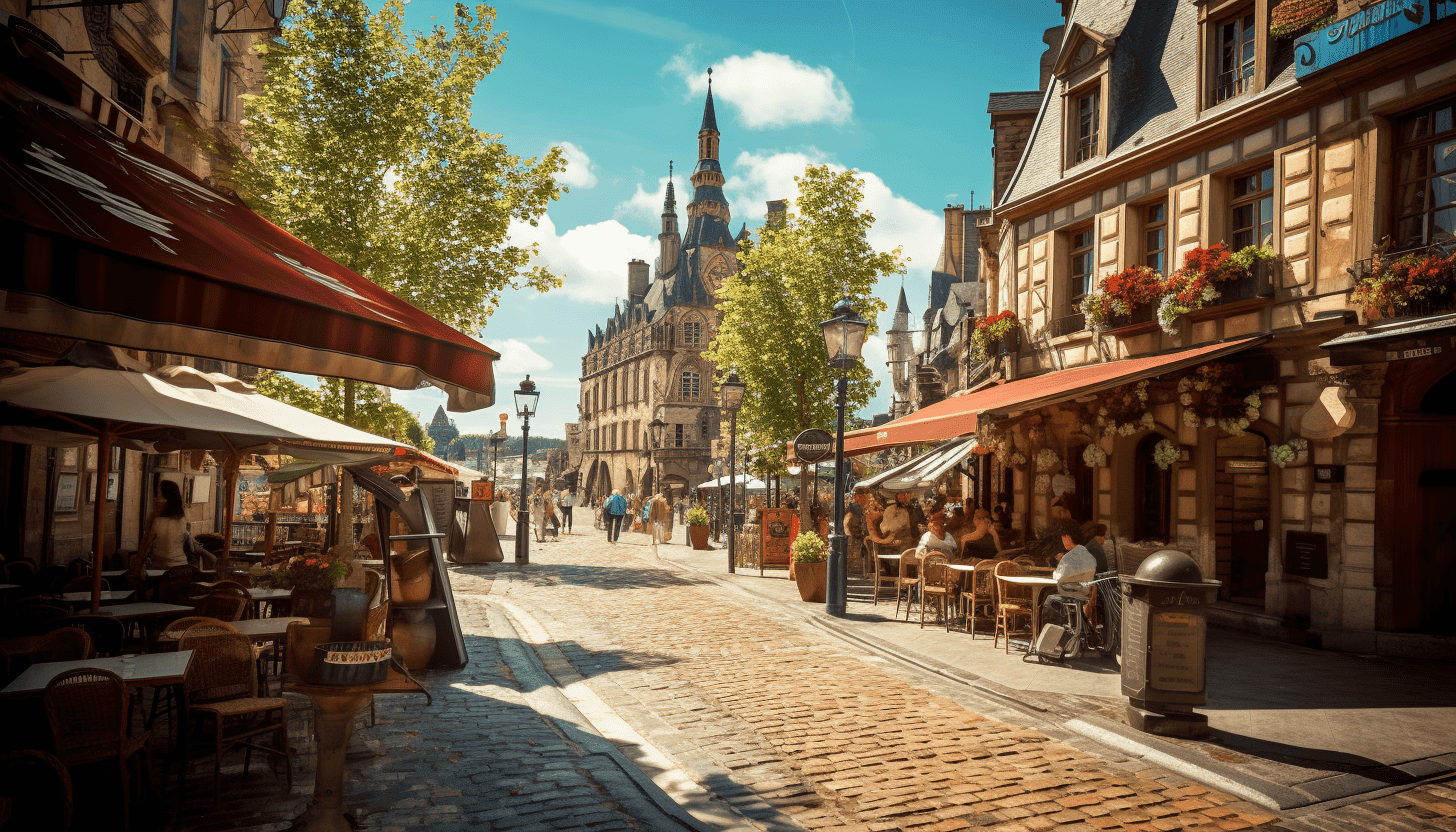
French cuisine, considered the best in the world, is an integral part of gastronomic tourism in Europe. It's characterized by lightness, an abundance of vegetables, lemon juice, and the absence of fatty sauces. In Paris, enjoy delightful baguettes and croissants, and in the south of the country, discover chicken and lamb dishes with legendary Provencal herbs. Northern France is a haven for potato lovers, including its fried variant.
Visit the historic brasserie Au Pied de Cochon in Paris and L'Epuisette in Marseille for Michelin-starred dishes and panoramic sea views – great places for gastronomic discoveries.
At the end of June, Bordeaux hosts a wine festival, and at the end of March, the entire country celebrates National Cheese Day. In October, don't miss the chestnut festival – the national symbol of France, celebrated throughout the country.
3. Italy

Italy is famous for pasta made from hard wheat varieties and, of course, cheese. Italian cuisine varies by region. The north prefers hearty dishes with plenty of meat and butter, while the south features Mediterranean cuisine with a wide selection of vegetables, fruits, grains, and legumes. Olive oil and spices are widely used throughout the country.
Visit Osteria Margutta in Rome and Antica Birreria Moretti in Palermo to try authentic Italian dishes. La Cantina di Via Sapienza in Naples offers refined local cuisine.
In mid-September, Naples hosts a Pizza Festival, and in October, the International Pasta Day is celebrated. Across Italy, festivals dedicated to fish, truffles, berries, fruits, chocolate, and traditional dishes are organized year-round.
4. Germany
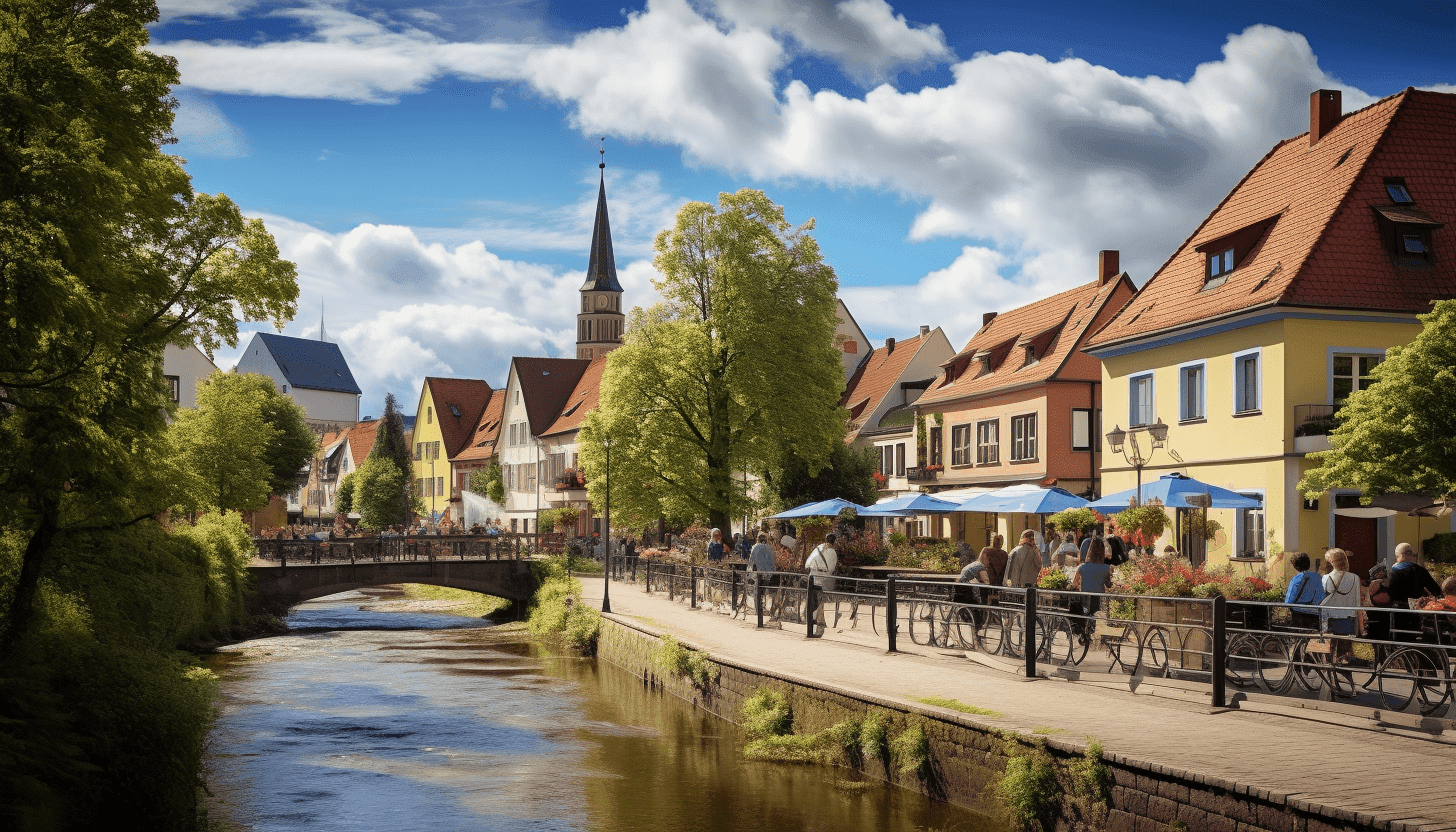
Gastronomic tourism in Germany is very popular due to the variety of its national cuisine. Hearty soups with beans and potatoes, the combination of apples and cabbage, a variety of sausages and wursts, and the use of beer in recipes are distinctive features of German ethnic cuisine. Bavaria is considered the most popular region for gastronomic tourism thanks to its hearty and aromatic cuisine and beer brewing culture.
Try the country's best schnitzel at the Berlin restaurant Schnitzerei, and in Frankfurt am Main, Gref-Völsing awaits with excellent beef sausages. Ratskeller Munchen in Munich is a standard of Bavarian national cuisine.
In October, Cologne hosts the largest national food festival. However, no other festival gathers as many tourists as the famous Oktoberfest in Munich, immersing guests in a cheerful beer atmosphere.
5. Greece
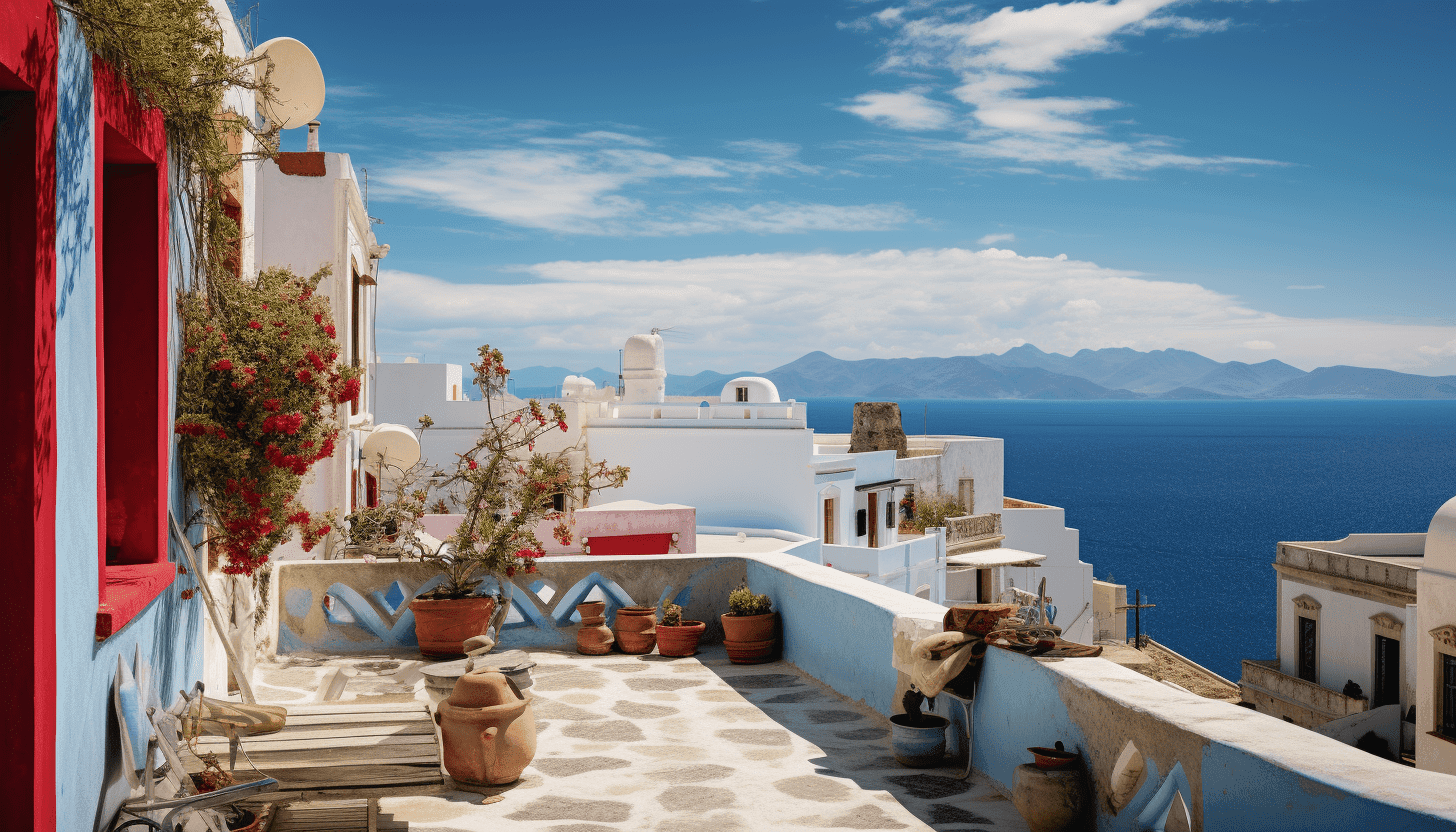
The Greek cuisine is conservative, with some recipes dating back millennia. Modern Greeks prefer to use honey instead of sugar and dilute wine with water in a 1:3 ratio, as was customary in antiquity. Be sure to try the traditional family dish fasolada, a bean soup cooked everywhere year-round. Refresh yourself in the summer with frappé – a local variant of iced coffee. True gourmets come to Greece for New Year's to taste vasilopita – a delicious pie in honor of Saint Basil.
Lithos restaurant in Athens is considered the best in terms of quality and price, while To Piato Tis Voulas in the city center cooks excellent traditional dishes.
In May, Athens hosts the largest street food festival, Athens Street Food Festival. In winter, Thessaloniki Food Festival is organized in northern Greece.
6. Lithuania
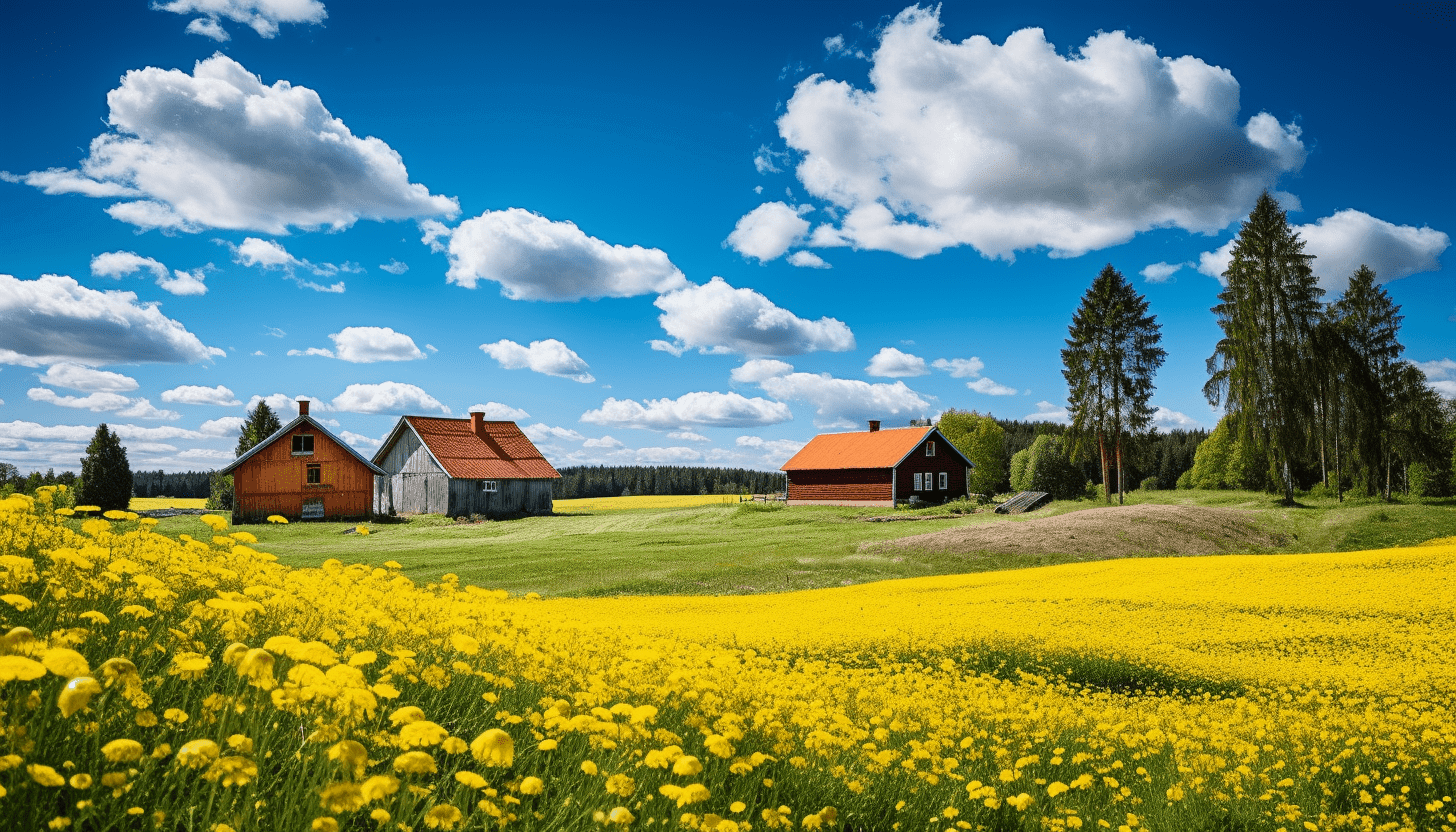
The two main ingredients of Lithuanian cuisine are pork and potatoes, present in almost all main courses. Try žemaičių blynai – classic potato patties with meat filling. Experienced travelers preferring gastronomic tourism visit Lithuania in the summer, combining food tasting with relaxation on the seaside.
Visit Etno Dvaras – the first Lithuanian restaurant certified by the Culinary Heritage Fund, where the most delicious cepelinai are prepared. At the beer restaurant Alinė Leičiai, you can try local drinks and snacks from farmsteads.
On June 10, Lithuania celebrates the cold beetroot soup festival šaltibarščiai. In February, a fish festival “Palanga Smelt” takes place in Palanga, and in August, Vilnius hosts the Vilnius Burger Fest.
7. Portugal
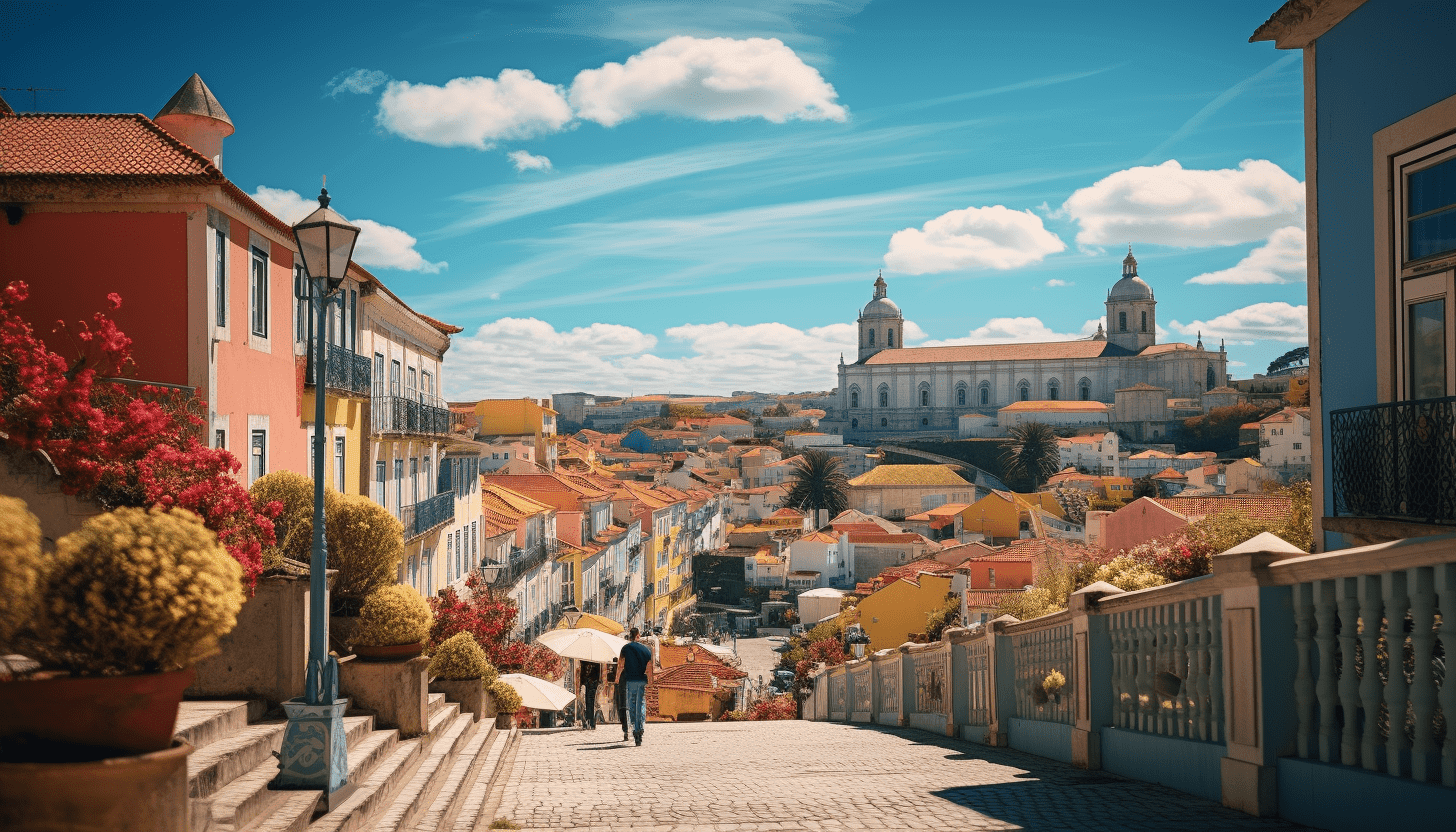
Portugal is famous for dishes made from fresh seafood and wines (the country cultivates over 300 varieties of grapes!). The national cuisine is quite hearty and fatty. The Portuguese also excel at making a variety of confectionery products using authentic medieval recipes – pies, pastries, cookies, candied fruits, and candies.
Visit Cafe Santiago in Porto to taste the country's best francesinha – a spicy meat sandwich. In Lisbon, Restaurante Casa Do Bacalhau is the perfect choice to get acquainted with traditional Portuguese cuisine.
Every year in August, a seafood festival is held in Olhão, in July Lisbon hosts a sardine festival, and in March Obidos celebrates a large chocolate festival.
8. Finland

Finnish cuisine is characterized by simplicity and lack of refinement. Locals use everything richly provided by nature: berries, mushrooms, fish, game. For example, red fish soup is a common everyday dish. Be sure to try korvapuusti – cinnamon buns so popular that a national holiday is dedicated to them, celebrated on October 4.
Have a Finnish cuisine evening at Savotta restaurant in the capital. Don't forget to visit Helsinki's oldest bakery, Café Ekberg. If you plan to visit Santa Claus, go to Lapland Restaurant Kotahovi, where they cook Lappish dishes using original old recipes.
In March, Helsinki hosts gastronomic festivals Streat Helsinki and Black Food Festival, where all dishes and drinks are black. In July, Suonenjoki celebrates the end of the strawberry picking season.
9. Croatia
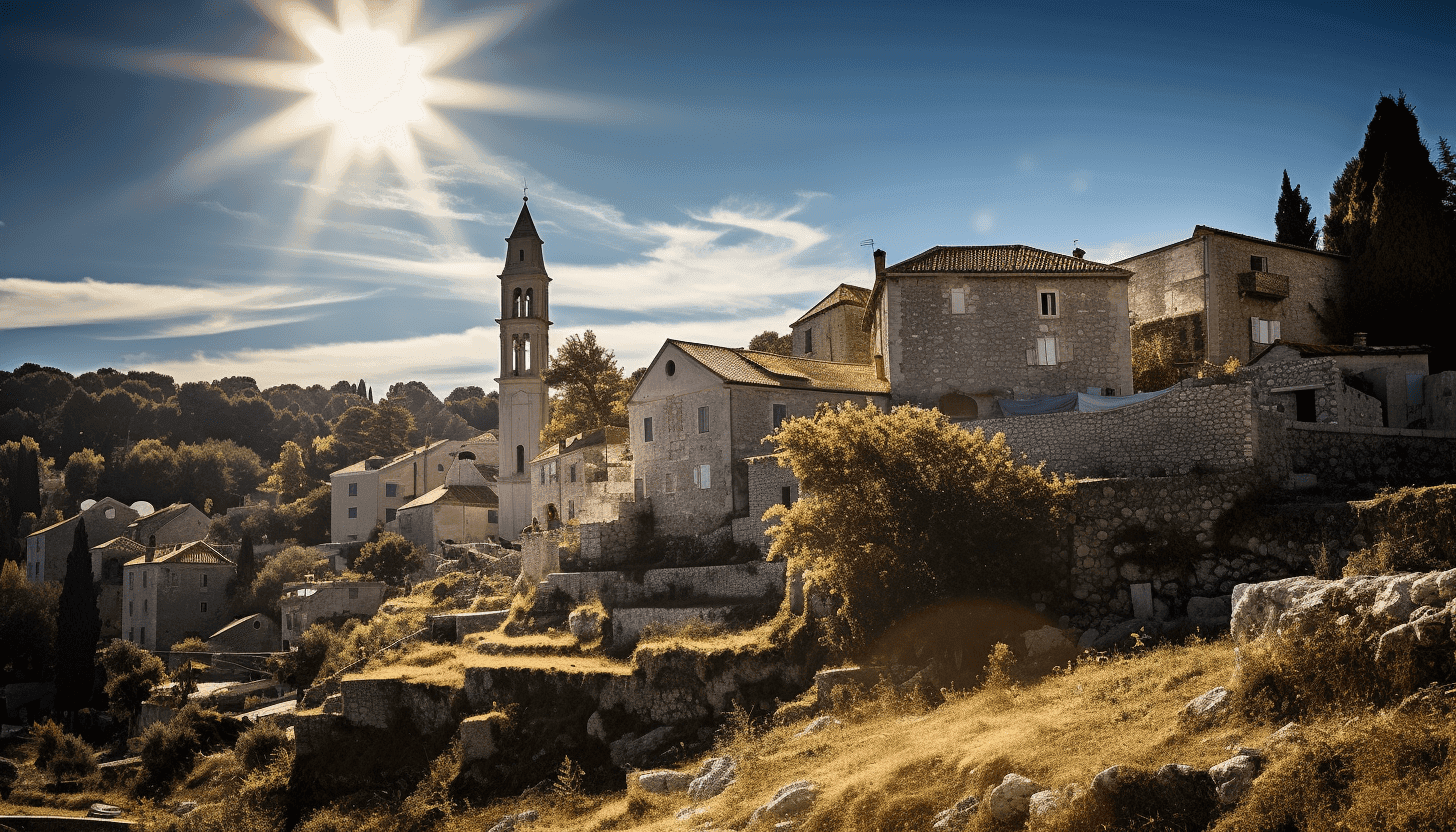
Croatians are very fond of meat, especially lamb and beef. Be sure to try the roasted lamb from the island of Pag, considered a delicacy due to the sea air and lambs' milk-based diet. Another popular dish is pašticada, beef stewed in a special sauce, a gem of Croatian cuisine. The surroundings of Ston are full of oyster farms, offering tours with oyster and local wine tasting.
In Zagreb, visit Tip-top restaurant and Tinca to experience the best of traditional Croatian cuisine.
In March, Ston hosts an oyster festival, in February Zagreb has a coffee and chocolate festival, and in summer, wine festivals are held in Istria and Varaždin.
10. Poland
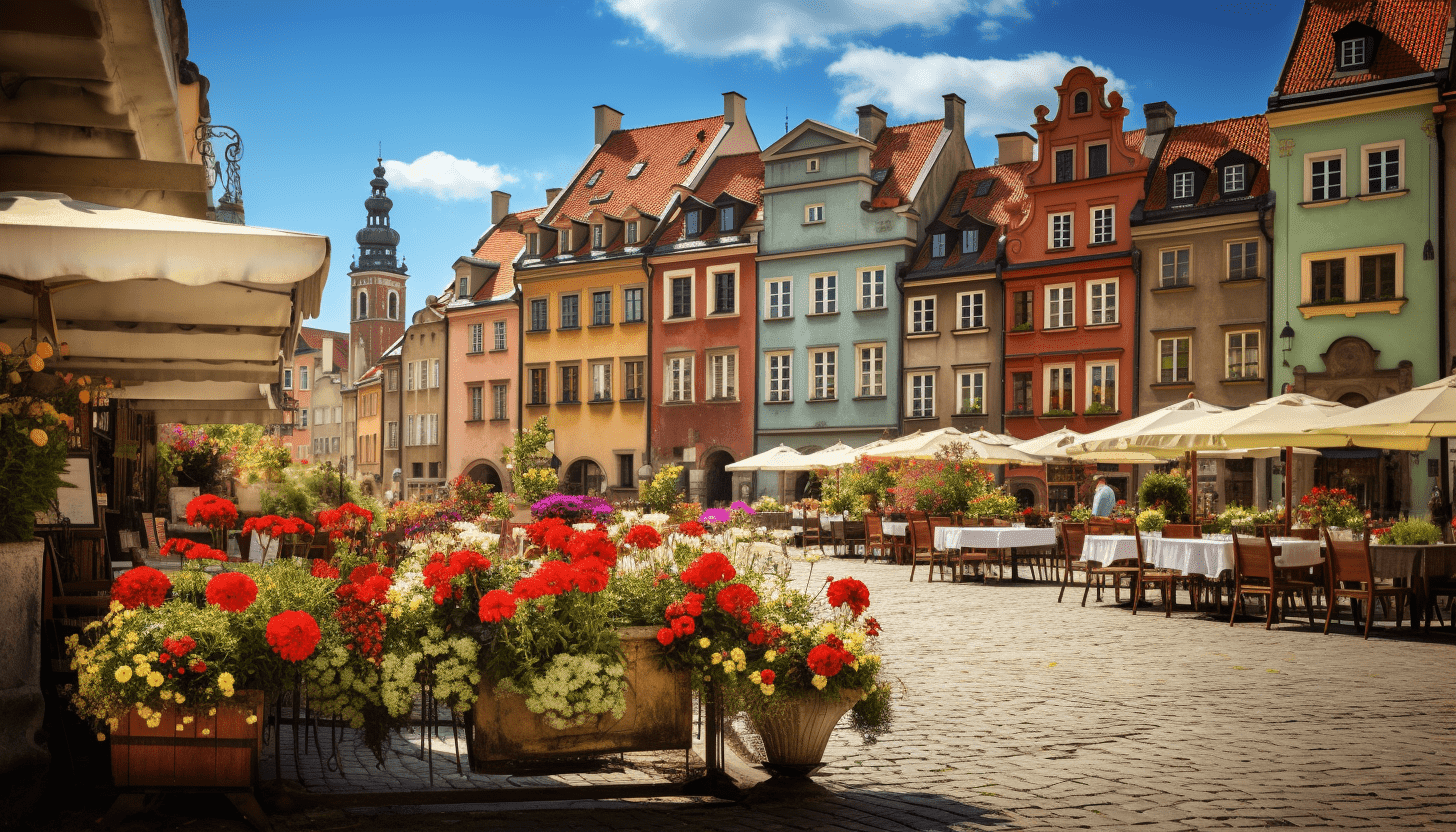
Gastronomic tourism to Poland is suitable for lovers of dough products – dumplings, pancakes, pierogi, which are served with sour cream and butter. Porridges are another essential element of Polish national cuisine, characterized by a high content of carbohydrates and fats.
In Krakow, be sure to try Krakow cheesecake – a sweet curd pie with raisins, dried fruits, and shortcrust pastry.
The tastiest pies and dumplings can be found in the Polskie pierogarnia chain. In Warsaw, we recommend the Zapiecek restaurant, where they serve excellent żurek – a soup with sausage on rye sourdough. In Krakow, visit the cozy café Mleczarnia with a wide selection of desserts.
In April, Warsaw hosts a beer festival, and in September, the capital holds a chocolate fair.
11. Romania
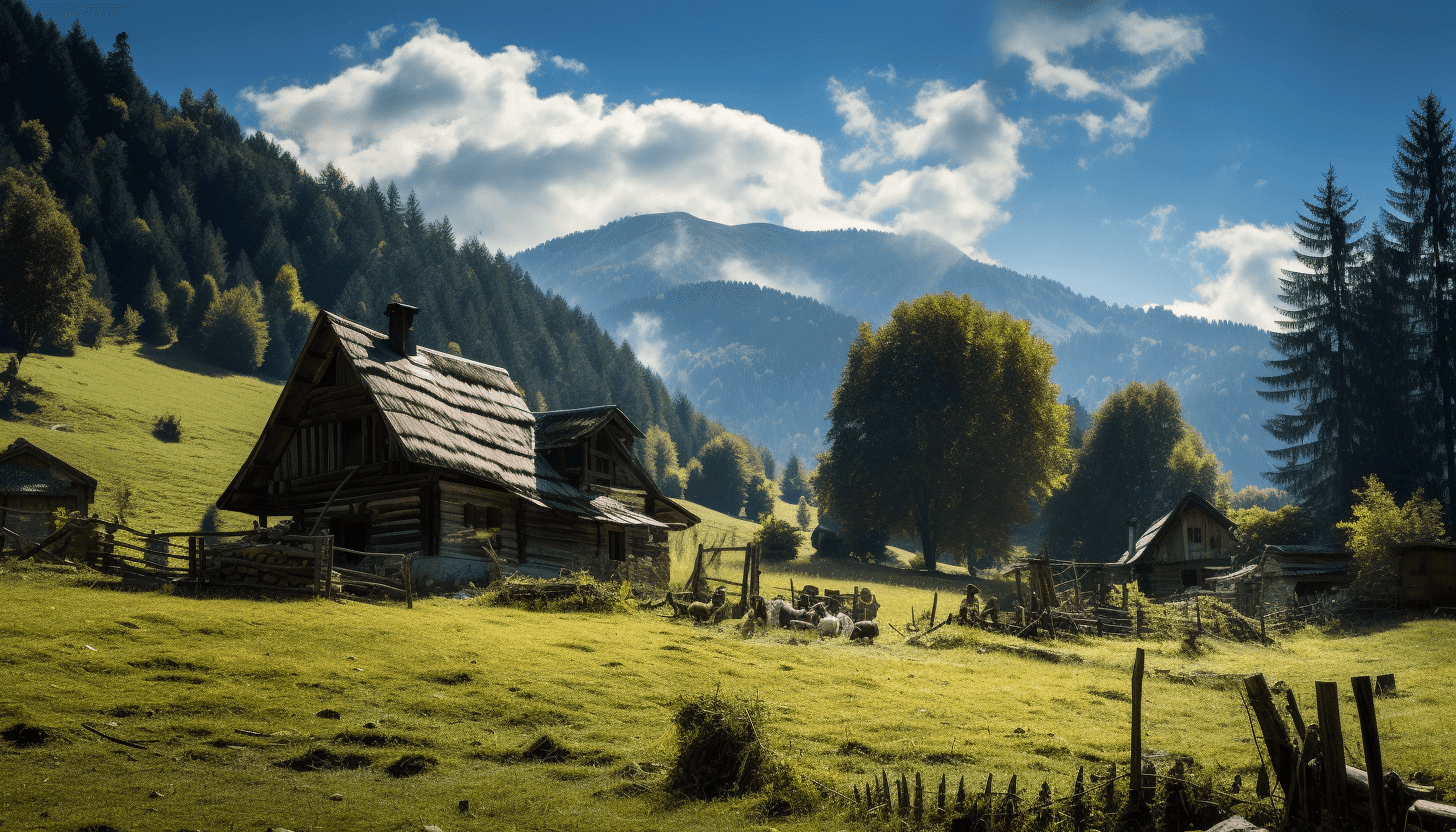
Romanian cuisine is rich in corn, feta cheese, and legume dishes. The country is one of the world's largest wine producers, so wine tours are very popular. The best time for them is early autumn when wine production is in full swing, and the weather is still warm.
Indulge yourself with mamaliga – cornmeal porridge, sarmale – Romanian cabbage rolls, and ciorba – a thick soup on meat broth. Don't forget to try papanași – cottage cheese doughnuts.
In Bucharest, taste authentic Romanian dishes at Lacrimi si Sfinti. Also, be sure to visit Casa Doina, one of the oldest restaurants in the Romanian capital with a luxurious wine cellar.
Annually in September, Bucharest hosts a Romanian street food festival. Be sure to visit Festivalul Transilvania Gastronomica, held in August-September in the town of Sibiu near Brașov, in the Romanian mountains.
12. United Kingdom
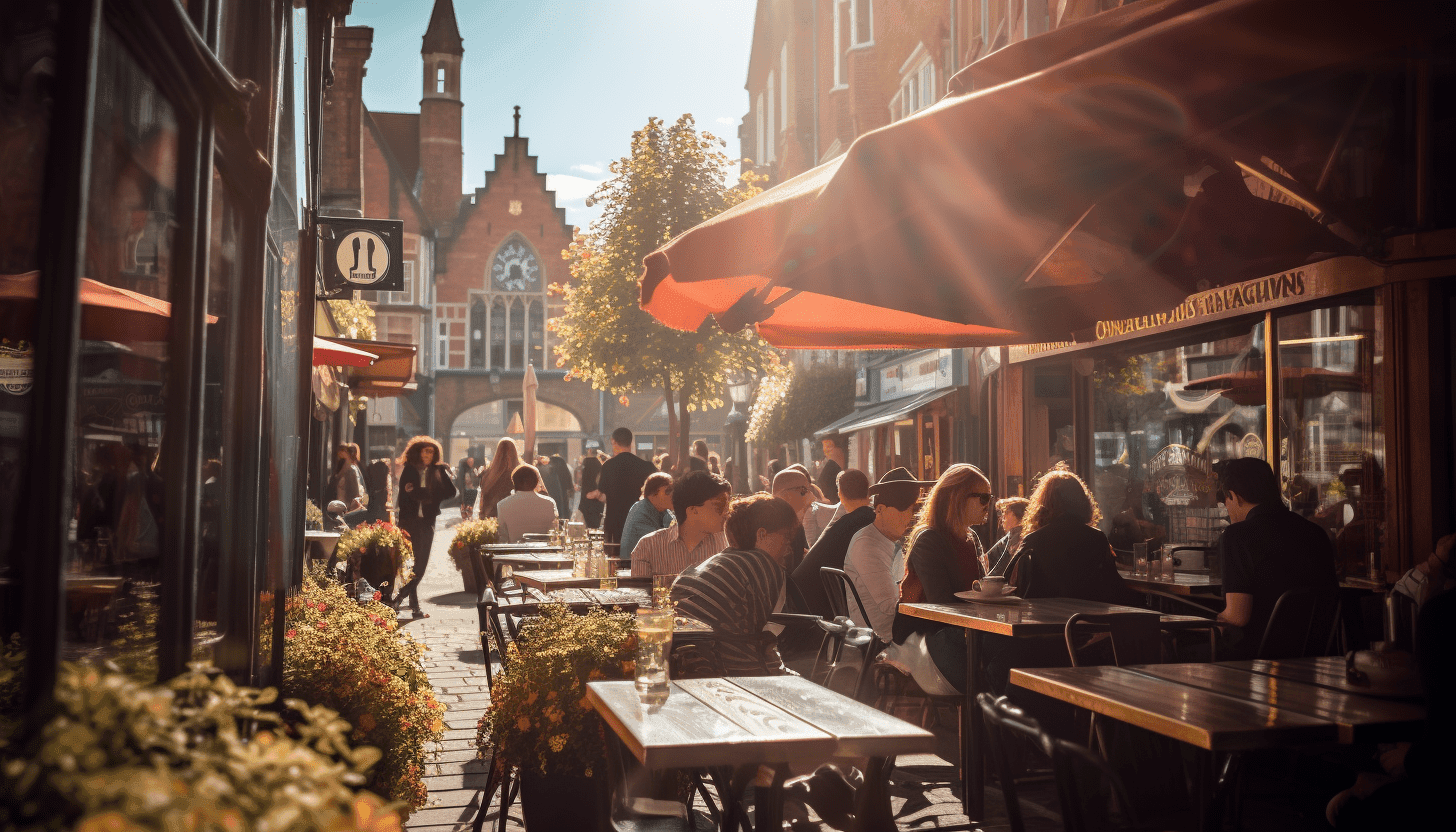
Culinary tourism in the UK is suitable for meat, game, and smoked food enthusiasts. The British adore roast beef and steaks, seared on the outside and juicy inside. While traveling in Scotland, be sure to try haggis – a hot meat pudding made from sheep's offal, oats, onions, and spices. British beer – ale, complements meat dishes perfectly.
Visit Muse by Tom Aikens in London, known for traditional British cuisine. Also, drop by one of the pubs in the capital and try fish-and-chips – crispy potatoes with baked cod.
In July, London's Regent's Park hosts the city's main gastronomic festival, Taste of London. In September, Wales has a farmers' market, Abergavenny Food Festival, and in Dorset County, the Nyetimber Dorset Seafood Festival.
13. Denmark
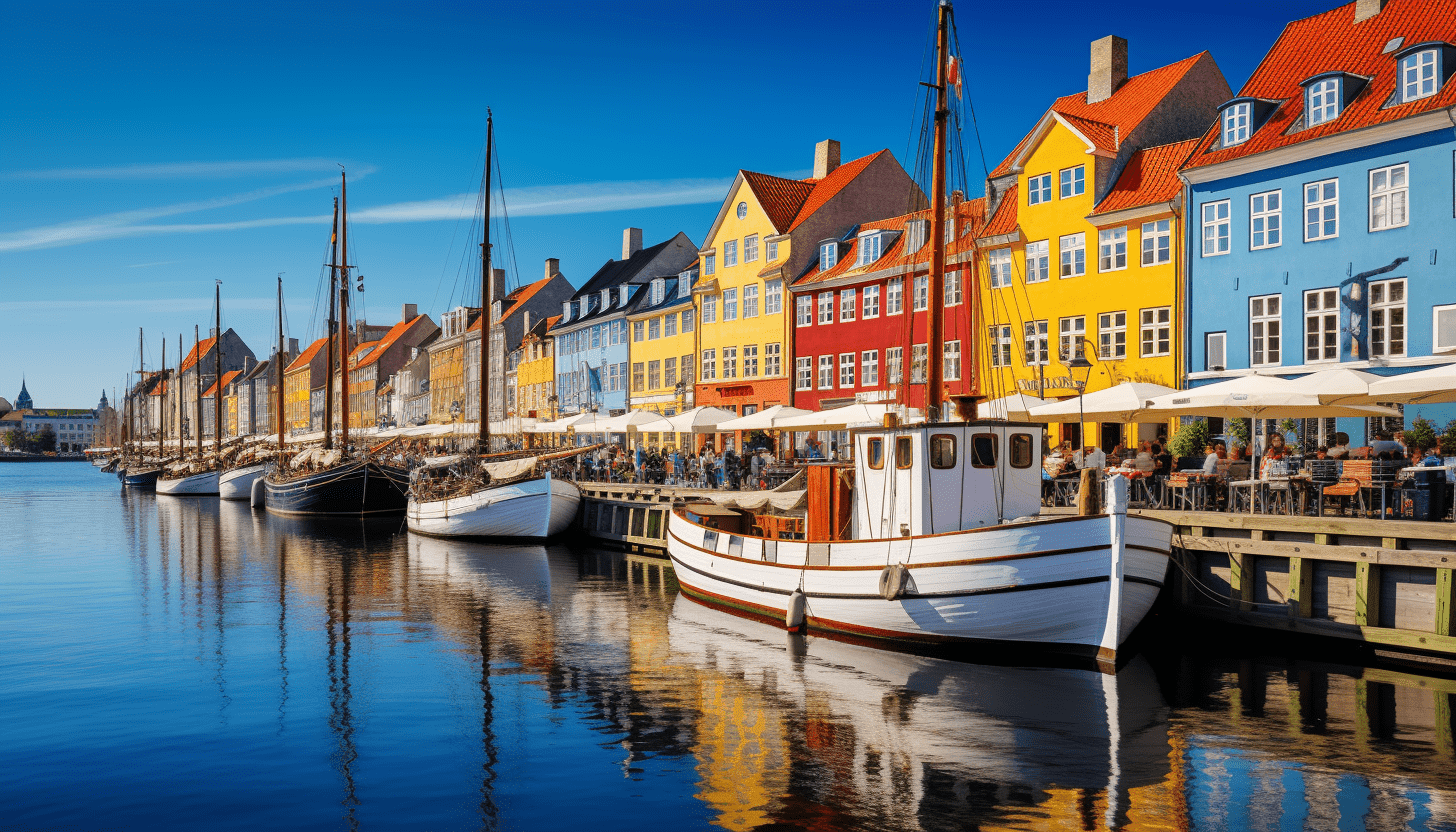
Denmark is a country of sandwiches, offering more than 700 varieties, from miniature canapés to multi-layered sandwiches. They are not just a quick snack, but a complete dish, the basis of the so-called "smorgasbord". Rye bread is also used to make sweet porridge, a traditional Danish breakfast alongside oatmeal.
Visit the affordable café Ritas Smørrebrød in Copenhagen to get acquainted with the famous sandwiches. The restaurant Skindbuksen, a colorful place with centuries of history, offers traditional Danish cuisine.
In August, Copenhagen hosts the annual Scandinavian cuisine festival Copenhagen Cooking & Food Festival. The most significant gastronomic event not only in Denmark but in Northern Europe, is the September festival in Aarhus.
Gastronomic tourism opens new horizons for travelers, allowing you to immerse yourself in the unique culture of each country through its culinary traditions. Embark on a gastronomic adventure through Europe and discover an endless variety of flavors!
